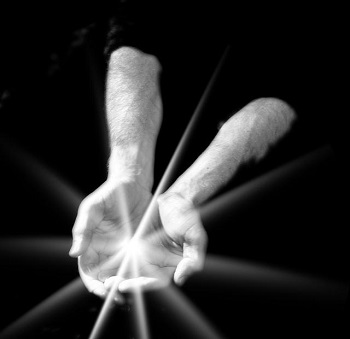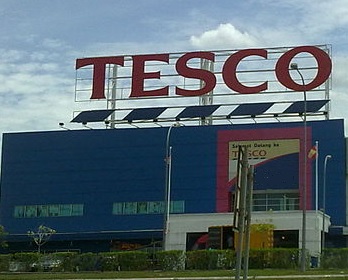The tech also has capabilities for supporting limbs and easing other types of medical struggle.
A new form of clinical wearable technology in the form of a garment called PlaySkin Lift brings together Spanx technology and a trunk brace in order to provide children with physical disabilities with a comfortable, lightweight garment that will assist them in areas where they struggle.
This smart clothing was designed by researchers from the University of Delaware and is making a difference.
That said, PlaySkin Lift is only one of a growing movement in medical wearable technology. This category is seeing many new entrants that have prototypes and products that are starting to have a positive impact on several different types of condition. For example, within the same building as the mobility lab at the University of Delaware’s STAR campus, there is another group of researchers that are currently placing the polishing touches on a type of vibrating shoe. These wearables are meant to assist people with Parkinson’s disease in being able to walk faster while being better capable of keeping their balance.
At the moment, the largest category of medical wearable technology is in fitness trackers, but that is changing.
 Although consumer focused devices are meant to track steps, resting heart rates, sleep, calorie burning, and other common fitness related metrics, experts are now saying that there will one day be wearables that will be able to measure every component of a person’s physiology, which could be very helpful in improving health over the long term.
Although consumer focused devices are meant to track steps, resting heart rates, sleep, calorie burning, and other common fitness related metrics, experts are now saying that there will one day be wearables that will be able to measure every component of a person’s physiology, which could be very helpful in improving health over the long term.
At the moment, there are already devices that are in the research and development phase that are meant to assist everyone from Alzheimer’s disease sufferers to individuals who are suffering from chronic pain. In the former category, there is a gadget in the works that is meant to stimulate individuals with that form of dementia. In the later, there is a leg belt that delivers an electrical current that is meant to relieve painful discomfort. There is even a personal light tracker that is being created to assist individuals with severe depression. There have already been many reports of contact lenses for individuals with diabetes, so that they can continually track and record their blood glucose levels.
These examples, alone, represent only a tiny fraction of what is currently in the works in clinical wearable technology, but they show that this is a significant category in which device are going to continue to be released over the long term.

 That said, when they want to actually check out, they will need to use the regular smartphone based m-commerce app. The intentions to create the
That said, when they want to actually check out, they will need to use the regular smartphone based m-commerce app. The intentions to create the 